When it comes to electrical work, having the right tools is crucial for both efficiency and safety. While screwdrivers, pliers, and wire strippers often take center stage, one tool that shouldn’t be overlooked is the humble hammer. However, not all hammers are created equal, and selecting the ideal hammer for electrical work requires some careful consideration. Today, we’ll delve into the world of hammers, offering tips on how to choose the perfect one for your electrical projects.
Understanding hammer materials
Hammers are primarily crafted from steel, aluminum, or titanium, each presenting unique advantages. Steel hammers are prized for their robustness and weightiness, rendering them optimal for strenuous tasks. Aluminum hammers offer a lighter option, diminishing user fatigue while maintaining strength. Titanium hammers, though pricier due to material and manufacturing costs, boast strength akin to steel but at half the weight. However, the steep cost may deter buyers, especially considering that titanium hammers can still fracture under improper handling.

Regarding construction, one-piece hammers excel in durability and solidity, whereas multi-piece designs may offer enhanced shock absorption or cost-effectiveness. Two-piece hammers with wooden handles and steel heads are prone to breakage and often lack a shock-absorbing grip, resulting in a harsh user experience and potential head detachment upon repeated hard impacts. For enthusiasts of hefty hammers, a single-piece steel design may be preferable. Alternatively, those seeking a lighter alternative may opt for an aluminum or titanium hammer of similar size.
Choosing the Ideal Hammer for Electrical Work:
Now that we have a basic understanding of the different types of hammers available, let’s explore what makes the ideal hammer for electrical work:
- Weight: When selecting a hammer for electrical work, opt for a lightweight model that’s easy to handle and won’t cause fatigue during prolonged use. A hammer weighing between 8 to 16 ounces is typically ideal for most electrical tasks.
- Handle Material: Look for a hammer with a handle made from durable yet lightweight materials like fiberglass or composite. These materials offer excellent shock absorption, reducing the risk of hand fatigue and injuries caused by vibrations.
- Head Design: For electrical work, a hammer with a smooth, flat striking surface is essential to prevent damage to delicate components and fixtures. Avoid hammers with textured or serrated faces, as they can leave marks or indentations on surfaces.
- Claw Design: While a claw hammer might not be the best option for electrical work due to its size and weight, a miniature claw or tack hammer can be useful for tasks that require precision, such as removing staples or tacks from walls or floors.
Selecting the ideal hammer for electrical work requires careful consideration of factors such as weight, handle material, head design, and claw design. By choosing a lightweight hammer with a smooth striking surface and a durable handle, you can ensure both efficiency and safety in your electrical projects. Remember, investing in the right tools is essential for getting the job done right the first time and preventing costly mistakes down the line. So the next time you’re gearing up for an electrical project, don’t forget to stop and hammer time!

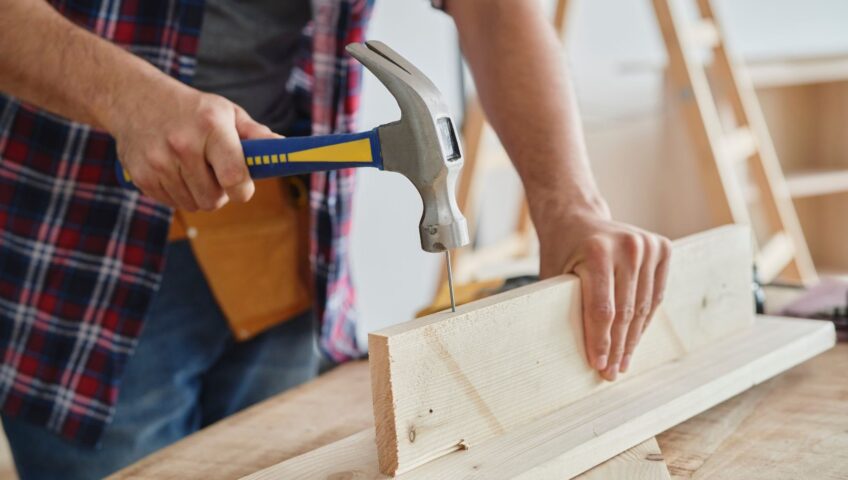
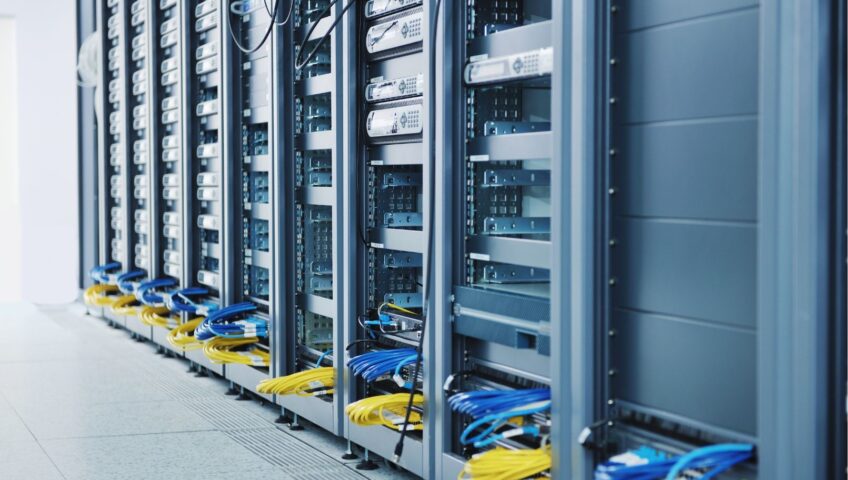
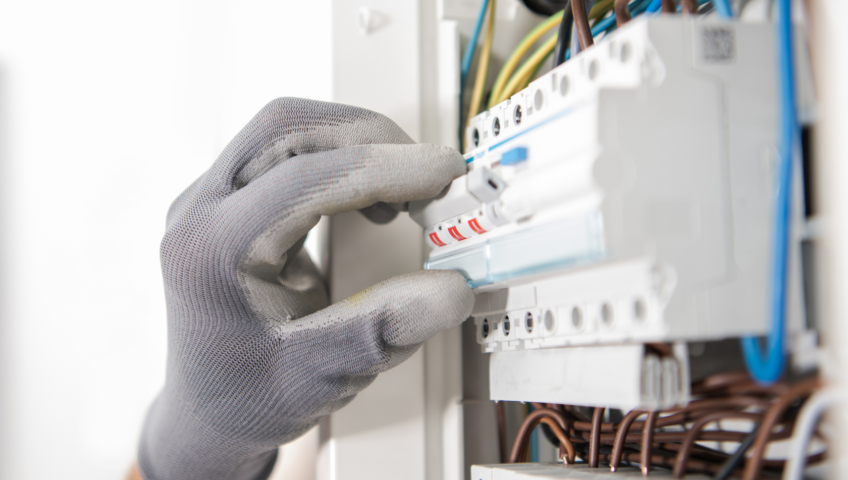
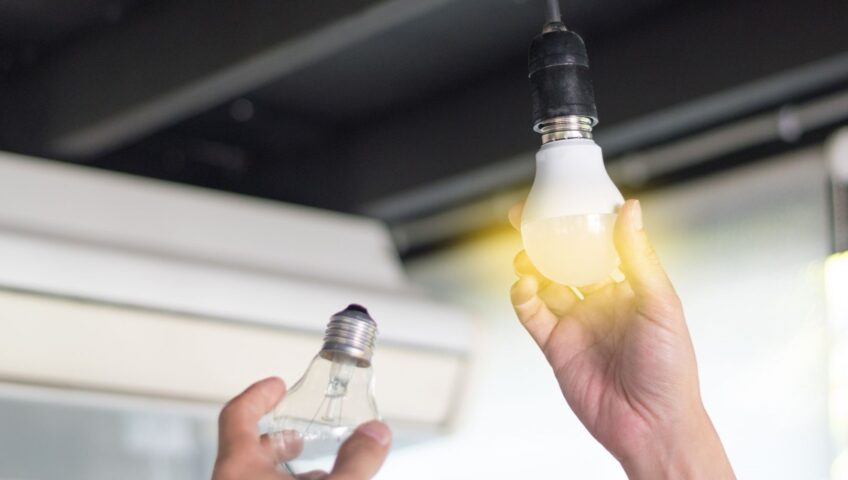

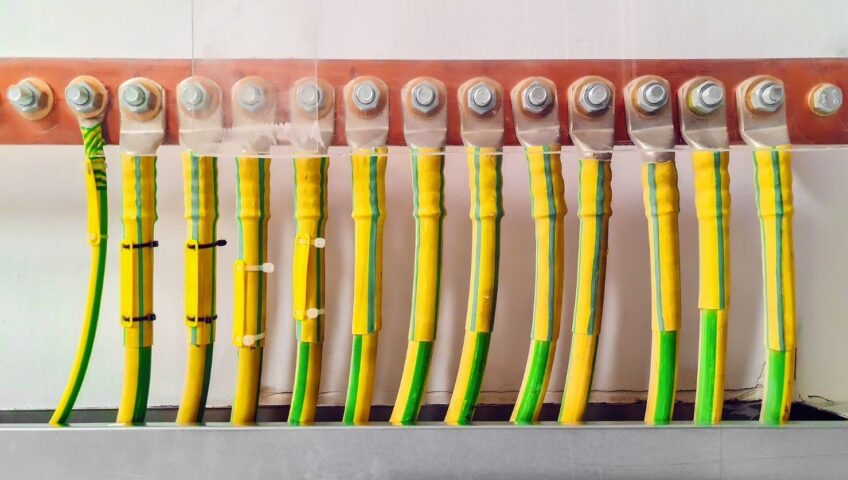
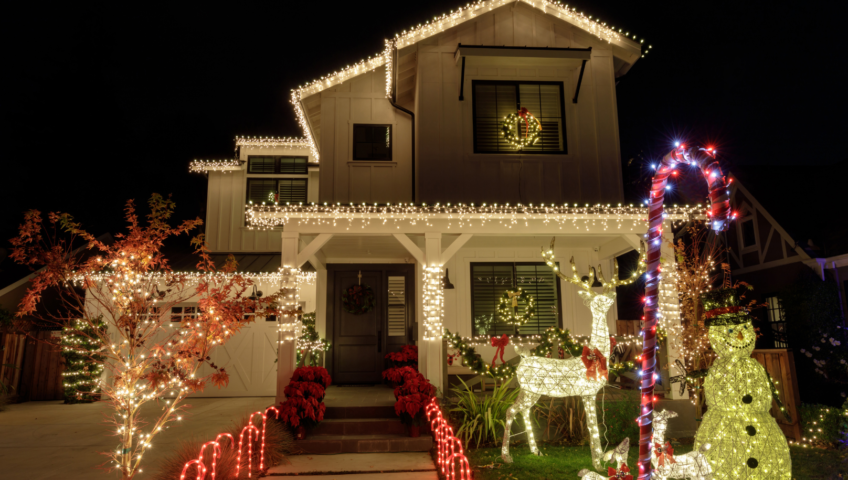
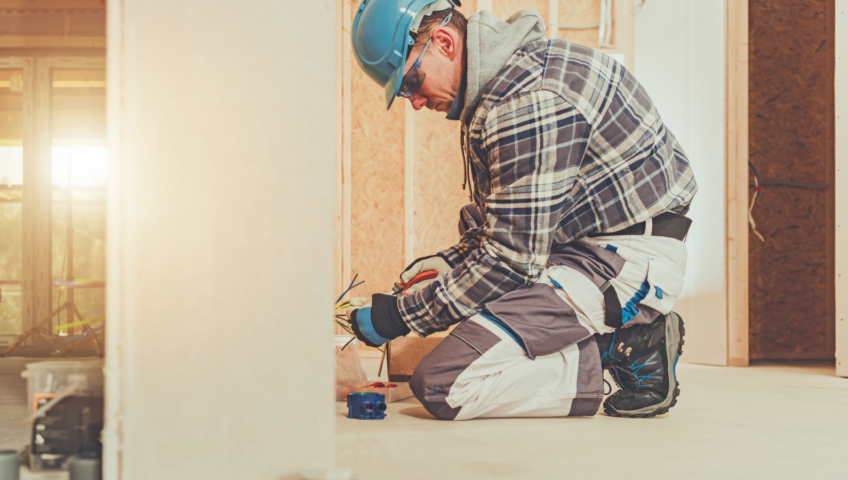
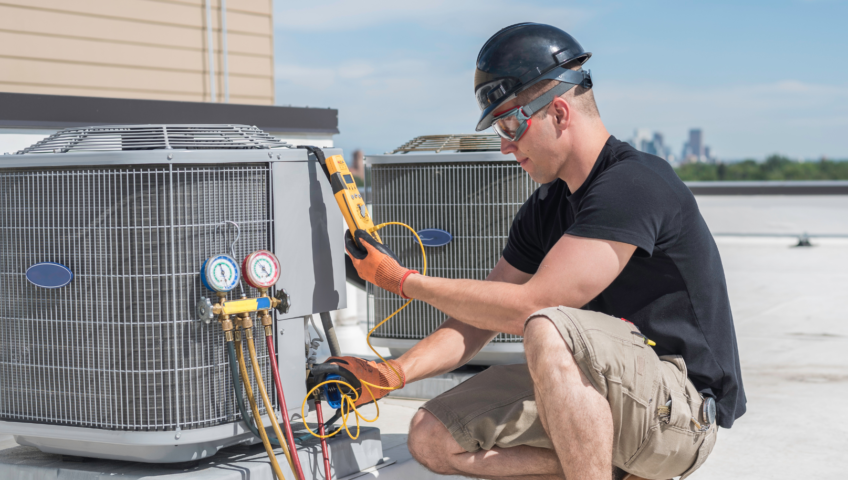
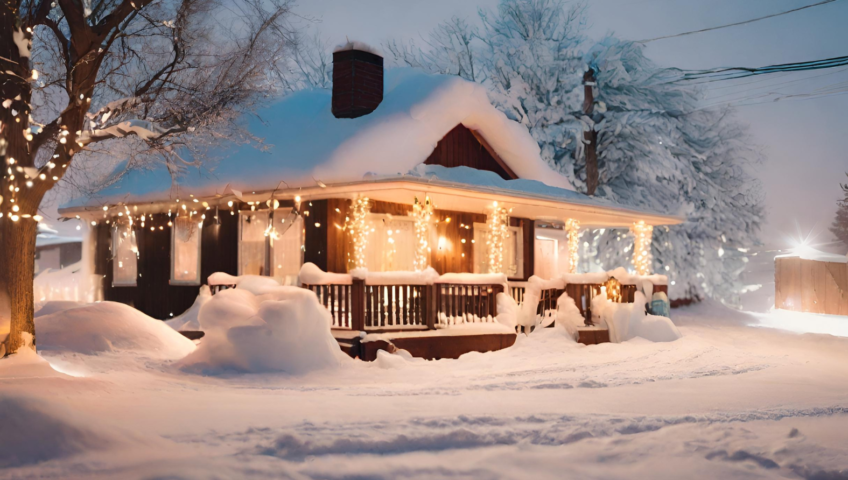
Recent Comments